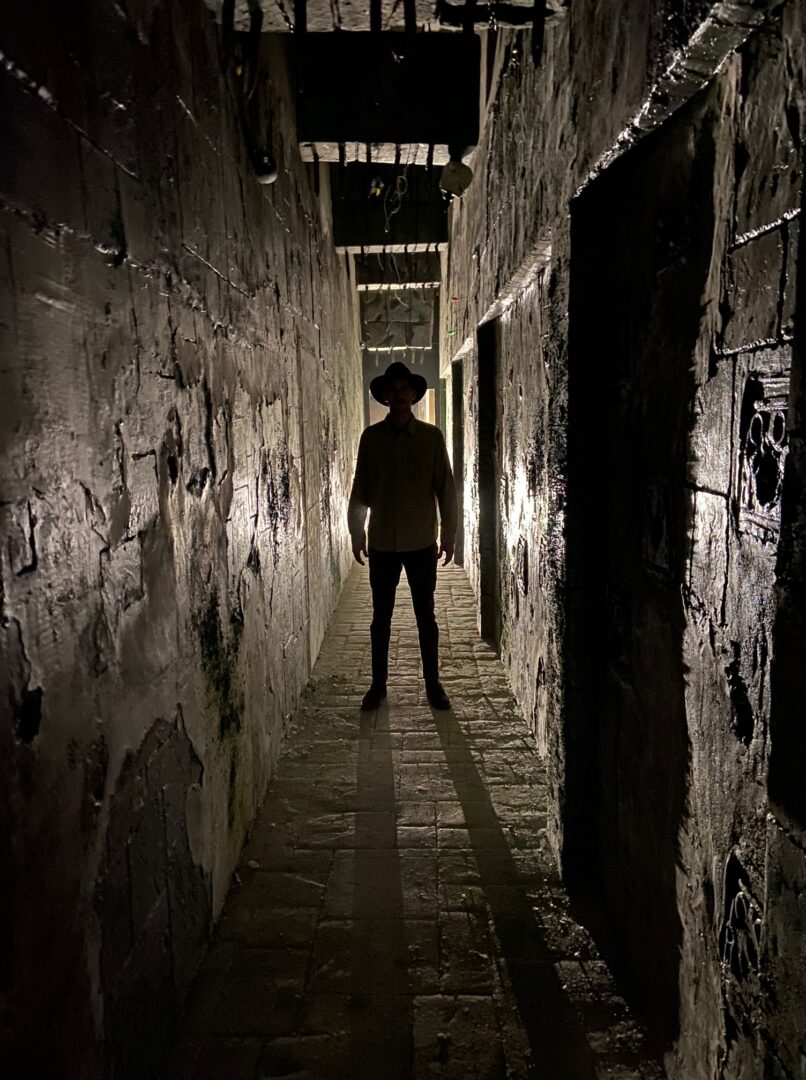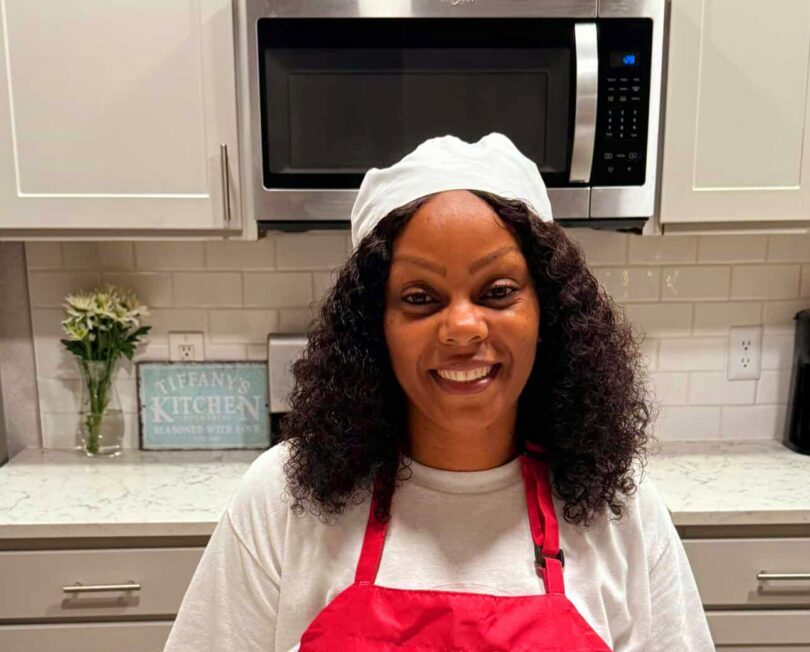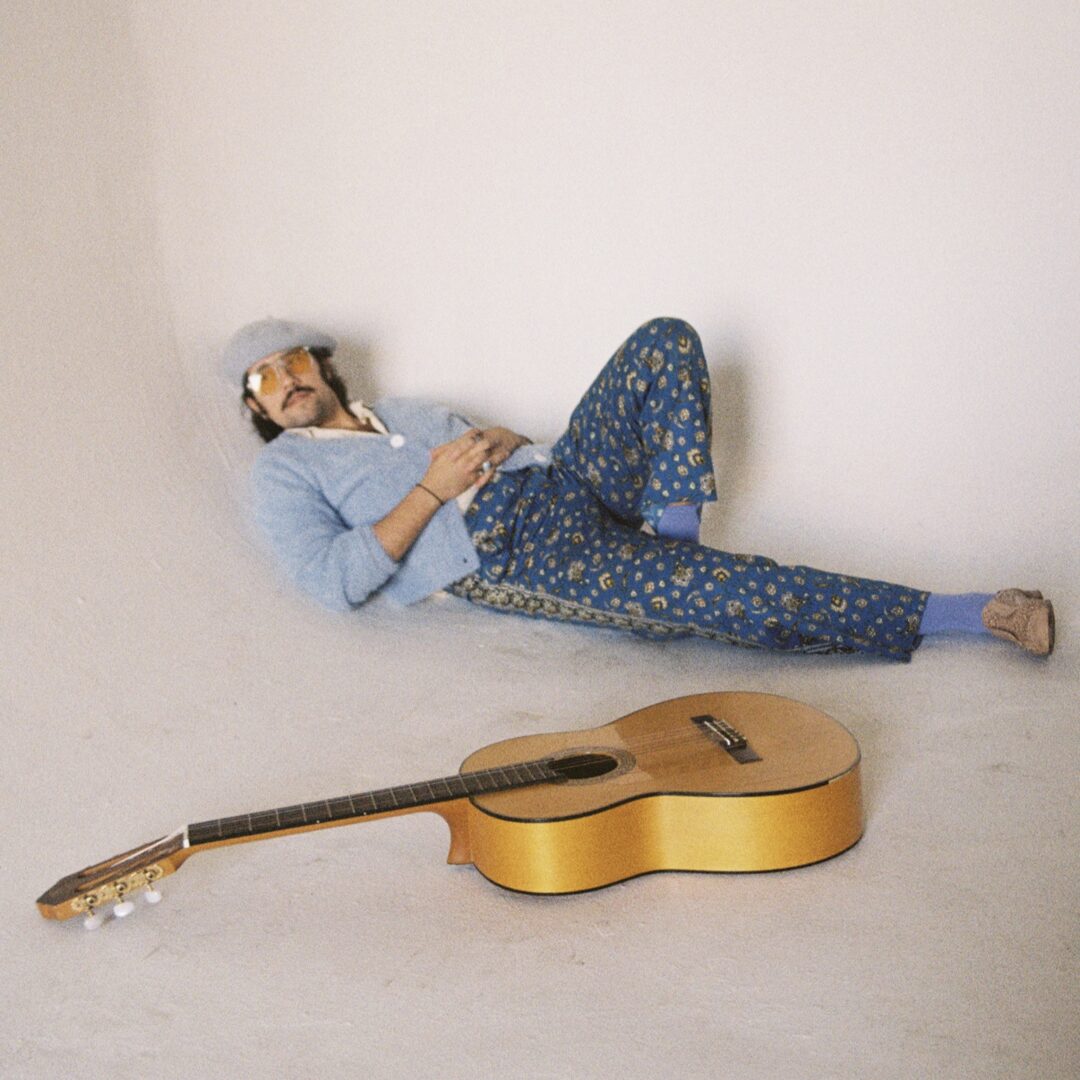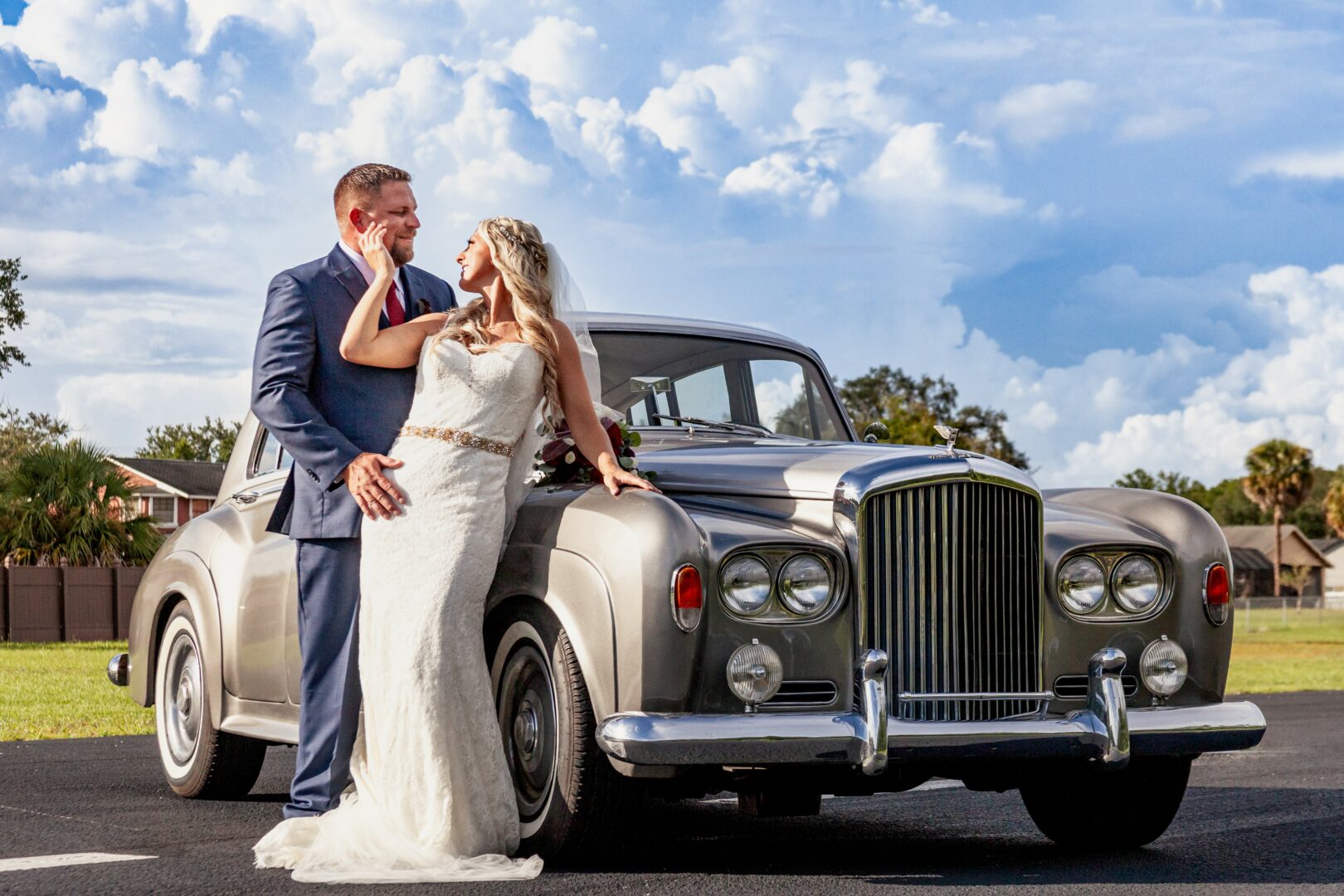Alright – so today we’ve got the honor of introducing you to Nick Maus. We think you’ll enjoy our conversation, we’ve shared it below.
Nick, we’re thrilled to have you sharing your thoughts and lessons with our community. So, for folks who are at a stage in their life or career where they are trying to be more resilient, can you share where you get your resilience from?
I’ve experienced my fair share of successes and accomplishments, but like most people, I’ve also faced rejection, challenges, and difficult lessons. A few years ago, when I hit one of my lowest points, I underwent a period of profound personal growth. I was confronted with a financially devastating situation, and in that moment, I realized I had two choices: I could react emotionally, blaming everyone and everything around me, or I could redirect that energy into taking control and improving the situation. I was angry—angry at the circumstances, angry at those who had played a part in it—but there was something inside me, something I can’t fully explain, that wouldn’t let anger get in the way of what needed to be done.
Resilience, I’ve come to understand, is as much about action as it is about mindset. Over time, I’ve immersed myself in reading and learning from others with high emotional intelligence. Cultivating a greater awareness of my emotions and learning how to better manage my reactions has strengthened my resilience. I’ve learned to focus my energy on what I can control and to let go of what I can’t.
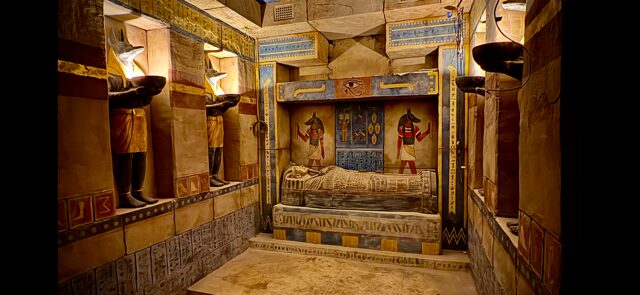
Thanks for sharing that. So, before we get any further into our conversation, can you tell our readers a bit about yourself and what you’re working on?
I’ve always leaned more towards the creative side. I wasn’t the best student, and like a lot of people, I hopped around between majors before finding my way. But no matter what I was studying, I was always drawn to careers that let me flex my creative muscles. Whether it was culinary arts, automotive design, or graphic design, I found myself exploring different paths. Eventually, I transitioned from graphic design into marketing, where I’ve spent most of my career.
Through business connections, I met my now-business partner, Ryan Griffith. We started out as just business associates, but over the years, I realized we had a lot in common, especially when it came to our love for adventure. We were both obsessed with movies like *The Goonies*, *James Bond 007*, *Indiana Jones*, and so many others.
I discovered escape rooms when they were still pretty new in the U.S. I loved them right away and kept telling Ryan about them, hoping to drag him into one for an adventure. My attempts didn’t exactly work out at first. He used to tease me and flat out refused to go. But eventually, I wore him down and got him to try one. As soon as he stepped into a room, he was hooked.
Over the years, we played as many rooms as we could find. After each one, we’d talk about what we loved, what we’d do differently, and dream up some crazy ideas for what could make for a great experience. We started scribbling ideas on napkins at the local brewery, and it didn’t take long before we decided we wanted to create our own escape room experiences. We reached out to people we knew in the industry, and they connected us with a fantastic group of designers who really understood escape rooms. From there, we began collaborating on adventures that would push the boundaries of design and break away from the traditional formula.
Instead of renting space in an industrial area and throwing together a few rooms, we bought land in an up-and-coming part of town and built a custom building from the ground up. It was a huge investment, with plenty of challenges, but it gave us the freedom to create rooms way larger than what the industry typically offers—and design spaces that wouldn’t be possible in a rented space. While most escape room experiences use just a few rooms, we’ve created experiences with up to 18 rooms.
We brought in professional designers to help us get the details right, tech artists to make sure our experiences are packed with top-notch tech, and scenic artists with experience working on major theme parks and hotels like Las Vegas, Disney World, and Universal Studios. Our goal was to create environments that feel ultra-realistic, where players could escape the everyday and live out some of their favorite childhood movie moments.
But we didn’t stop there. We wanted our space to be more than just a place to play—we wanted a place where people could hang out and talk about their adventures afterward. So, we’re building an outdoor lounge with a themed dips menu featuring creative dips from around the world, like Syrian Red Pepper dip, Mexican Elote dip, Georgian Spinach and Walnut dip, Tiramisu dip, Kimchi dip, and much more. We’ve also partnered with local breweries to craft our own unique beer, which will be available on tap.
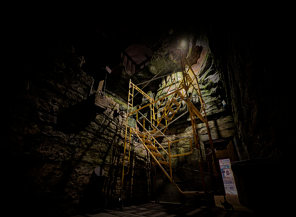
Looking back, what do you think were the three qualities, skills, or areas of knowledge that were most impactful in your journey? What advice do you have for folks who are early in their journey in terms of how they can best develop or improve on these?
Project Management, Grit, and Perseverance.
This project wouldn’t have come together without the incredible team behind it. We had people spread across the U.S., the U.K., and even Germany, all working together toward the same goal. Keeping everyone aligned and ensuring smooth communication between teams has been key to making this happen.
It takes a lot of grit to take on something this big. The financial and time commitment is no small feat, and projects of this scale are bound to throw some major hurdles your way. And trust me, some of them felt like towering walls, with a few stacked on top of each other. There were times when it looked like we might not make it to the finish line, and it definitely felt like a long shot.
But even when the project hit those low points, we had to push through. Every day, you have to find the strength to get up, show up, and keep working—while also motivating the team around you. This isn’t a 9-to-5, Monday-to-Friday kind of job. There have been plenty of late nights, working until the early hours of the morning, and weekends spent grinding just to keep the momentum going. But it’s all been worth it.
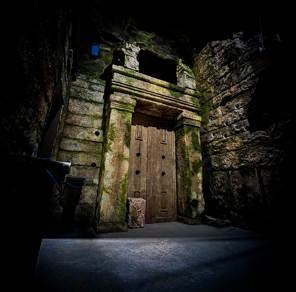
Thanks so much for sharing all these insights with us today. Before we go, is there a book that’s played in important role in your development?
*Start With Why* by Simon Sinek.
This book is pretty well-known, and I’ll admit, I’m not the biggest reader, but once I picked it up, I couldn’t put it down. It’s all about answering the big question: “What’s your purpose?” It really challenges you to stop focusing on *what* you do, and start thinking about *why* you do it. When you have a solid “why,” it brings so much clarity to everything.
Sure, we’re opening an escape room business, and yeah, we want to make money— but that’s just the *what*. The *why* is so much deeper. I heard someone at a conference describe it perfectly a few years ago. We’re doing this because we want to bring adventure back into people’s lives. As we get older, we lose that sense of play and imagination. Kids can turn the simplest things into wild adventures, just by using their creativity. We want to give people that same spark back—an opportunity to step into an adventure, reignite their imagination, and experience that magic again.
Contact Info:
- Website: https://www.keepersofbalance.com
- Instagram: https://www.instagram.com/keepersofbalance/?hl=en
- Facebook: https://www.facebook.com/keepersofbalance/
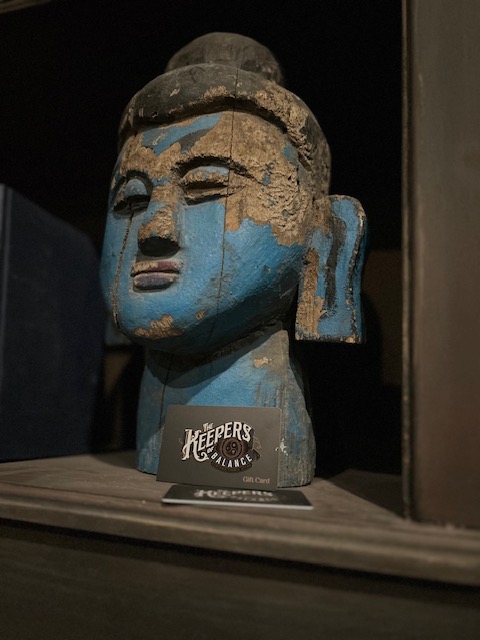
so if you or someone you know deserves recognition please let us know here.

